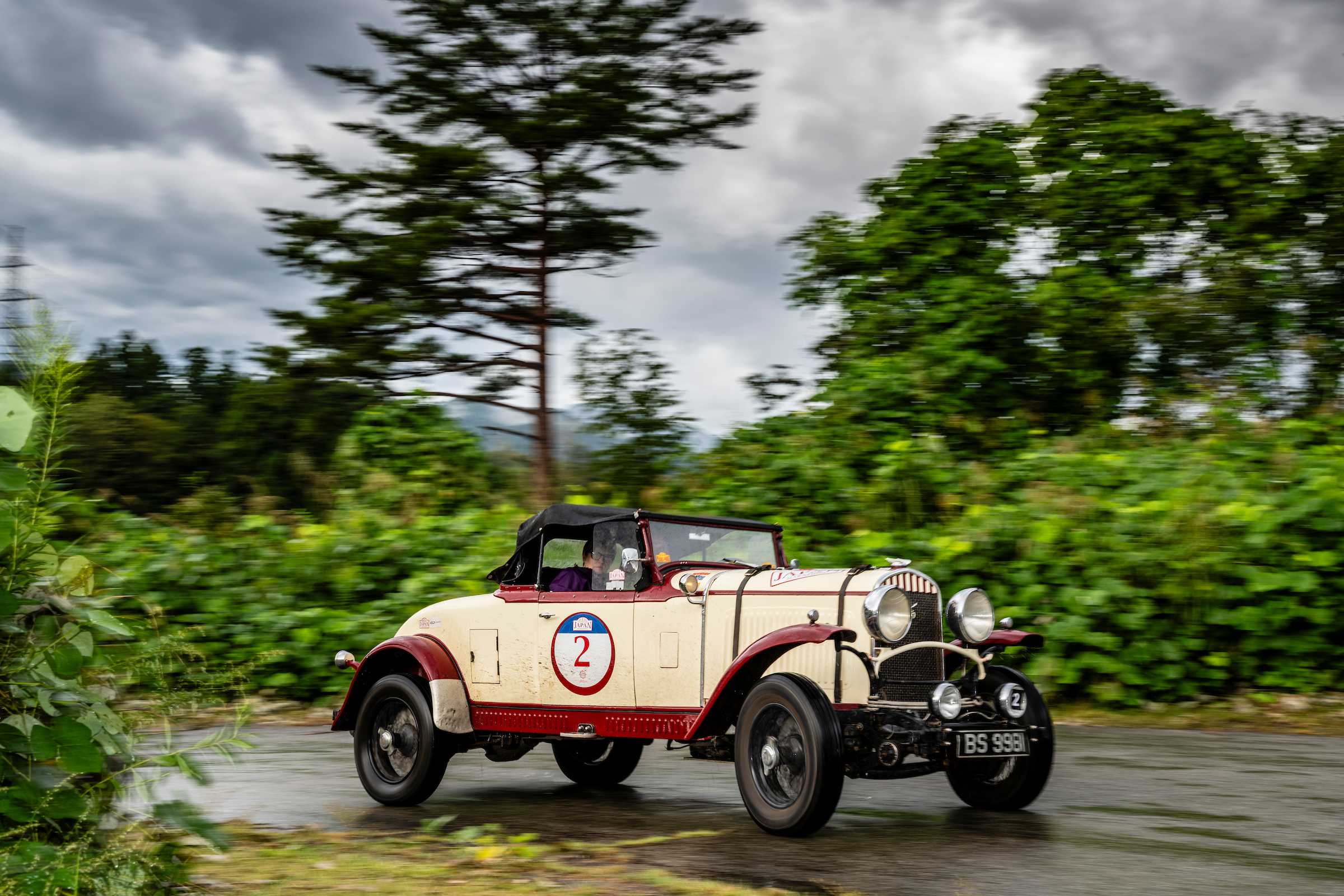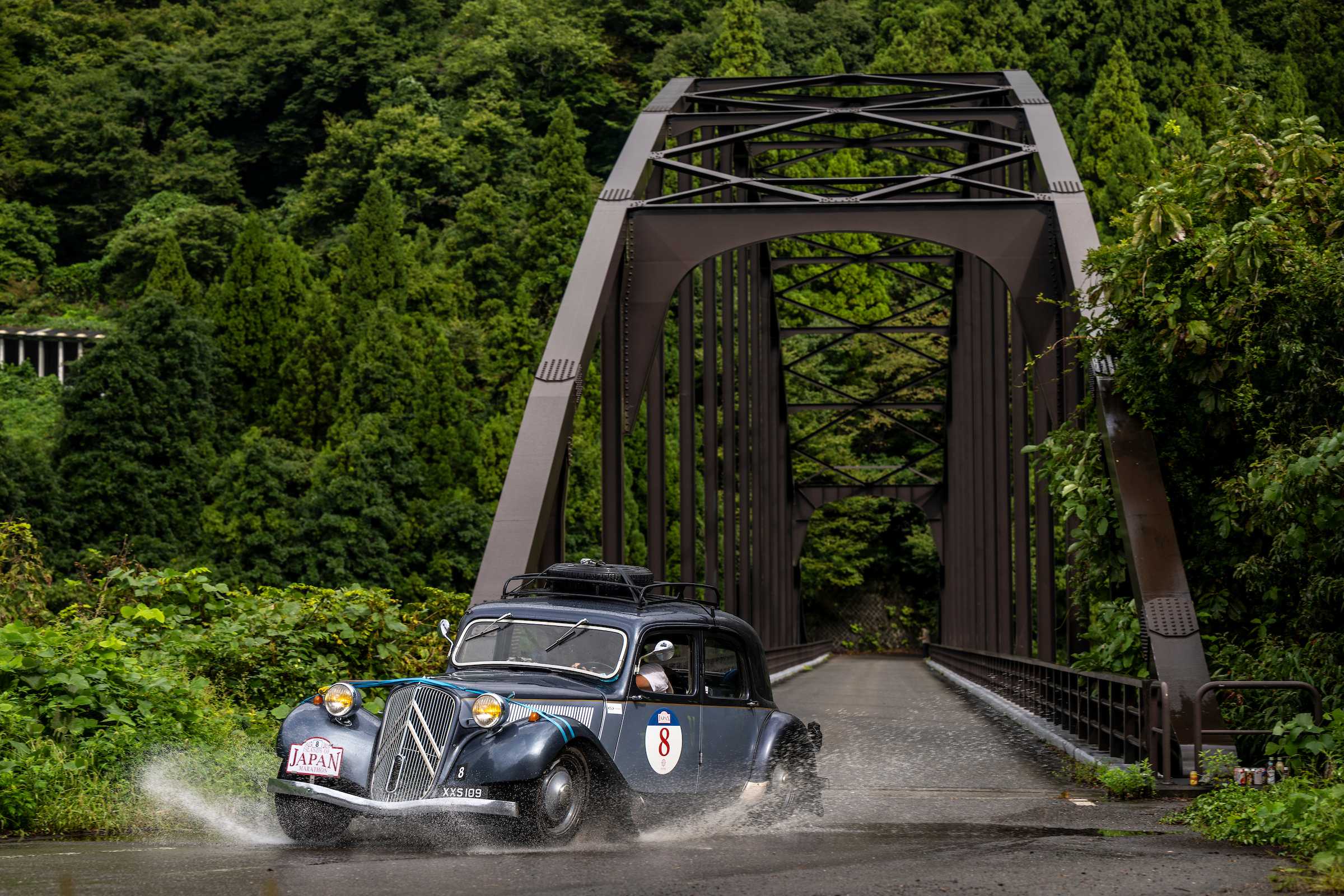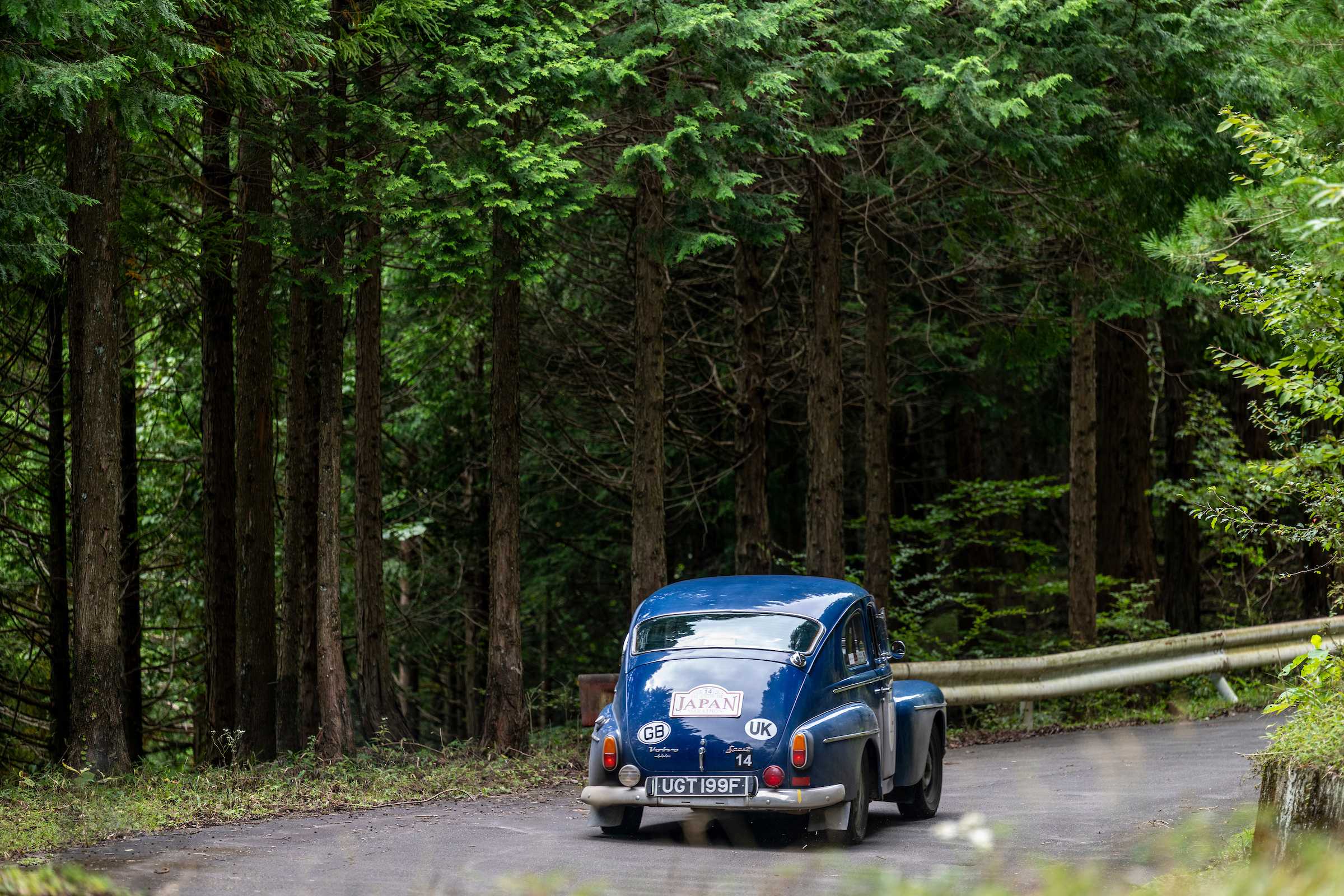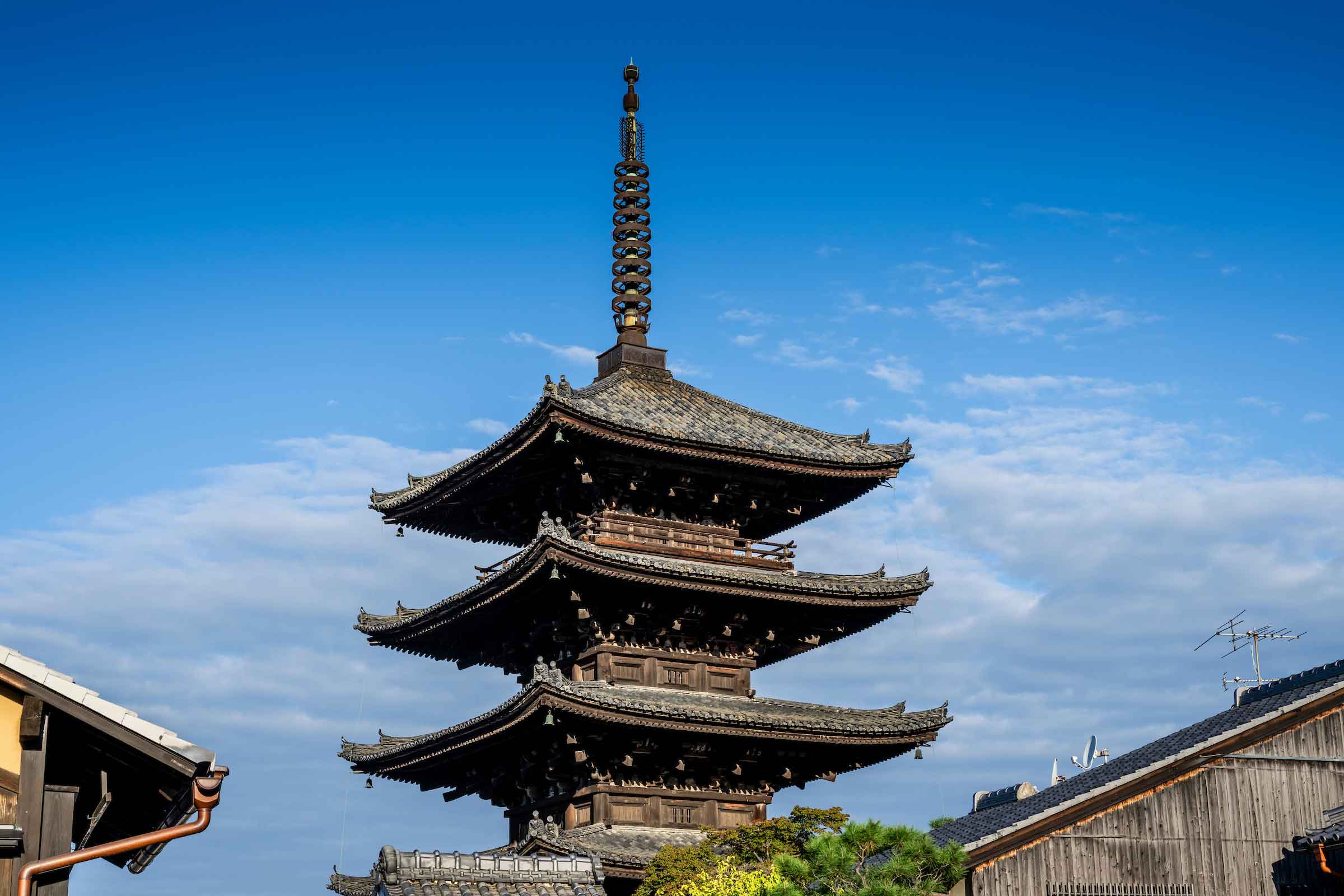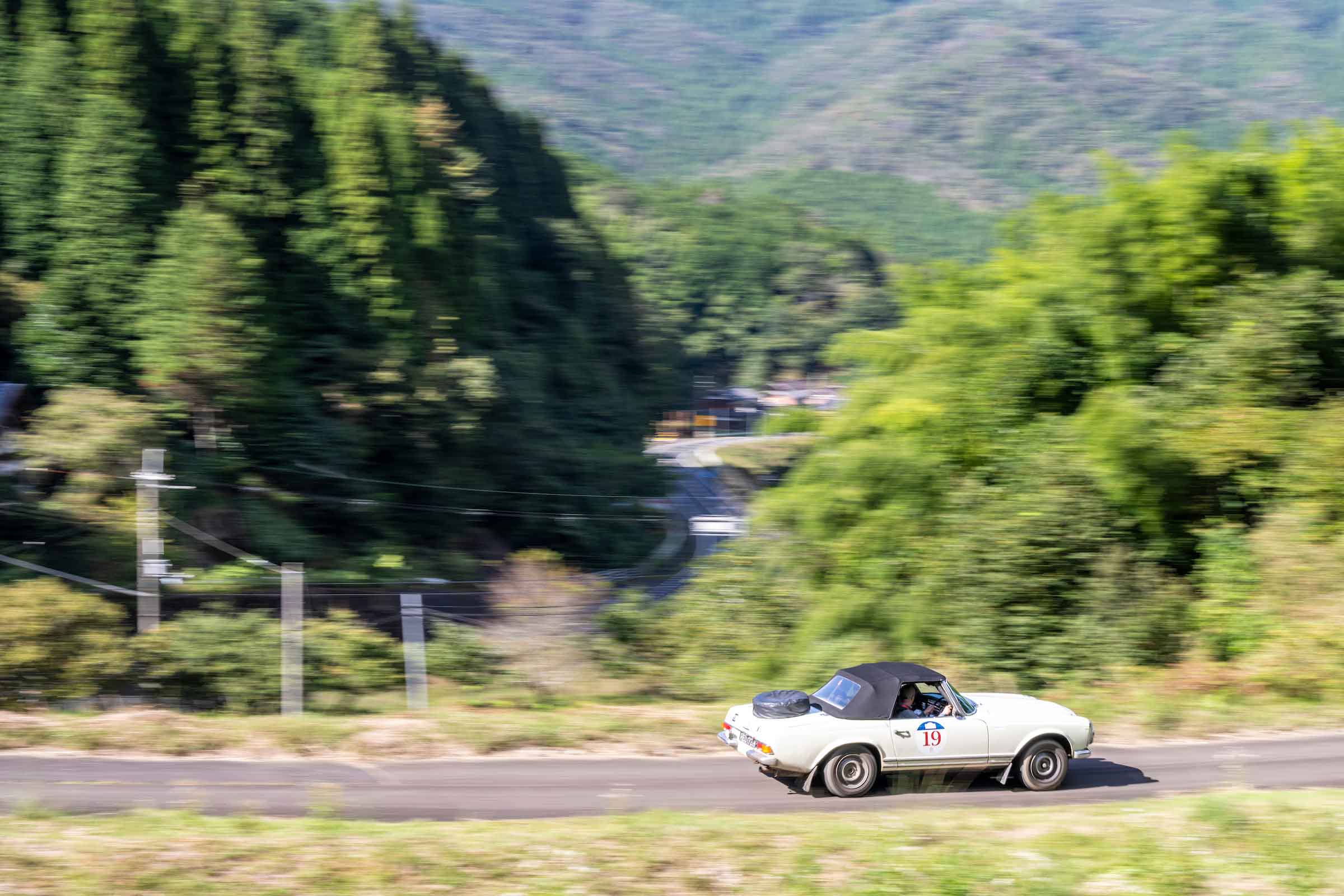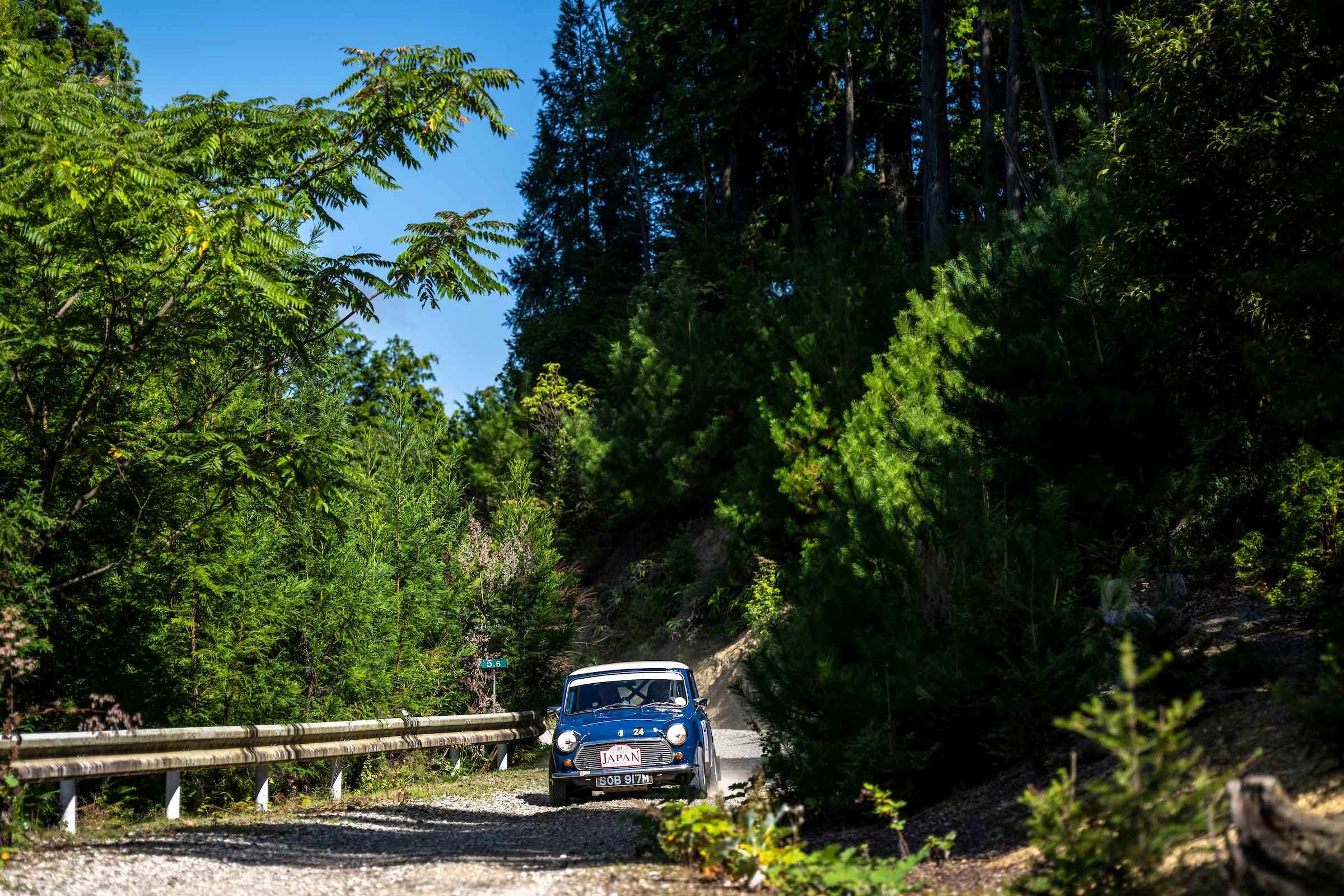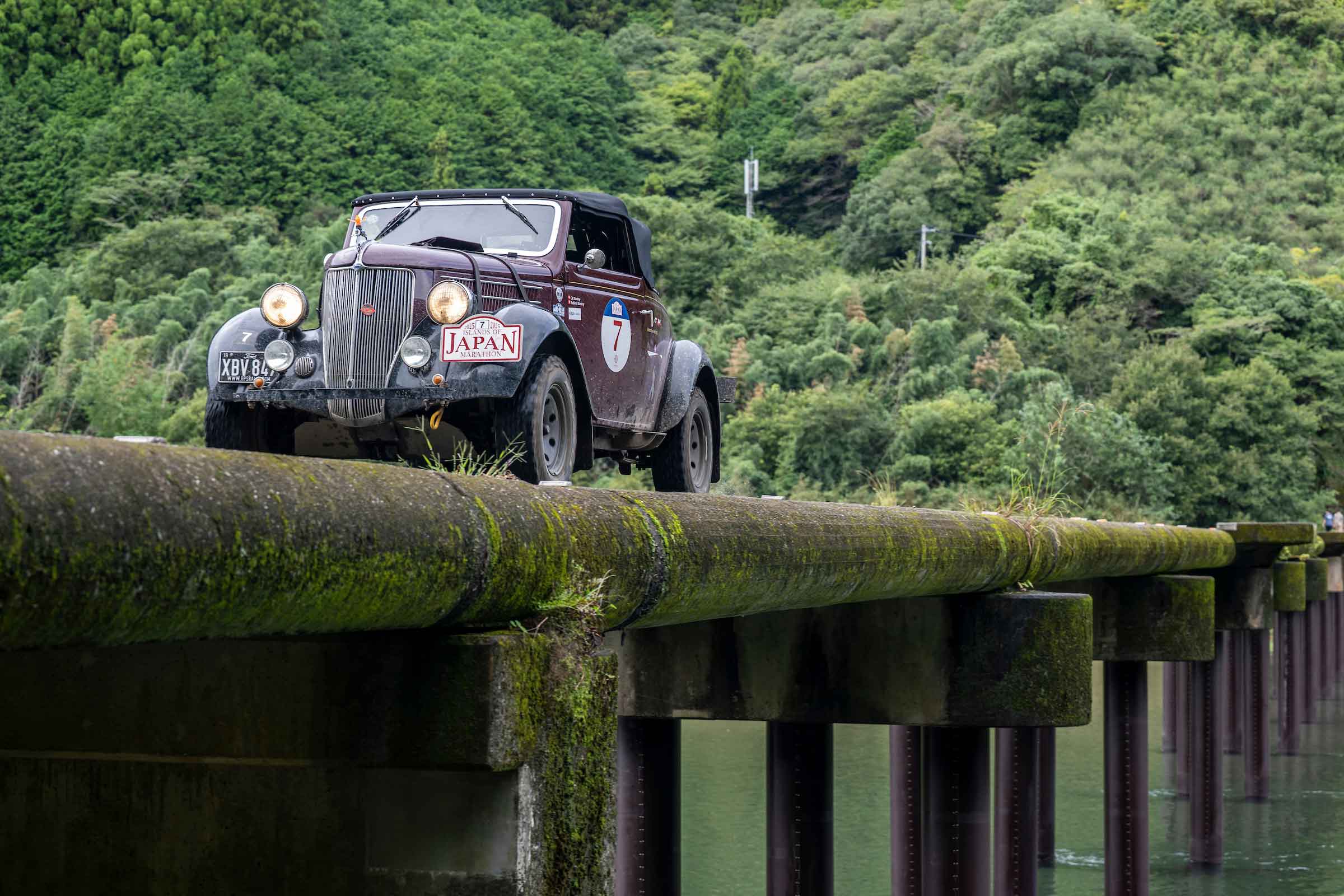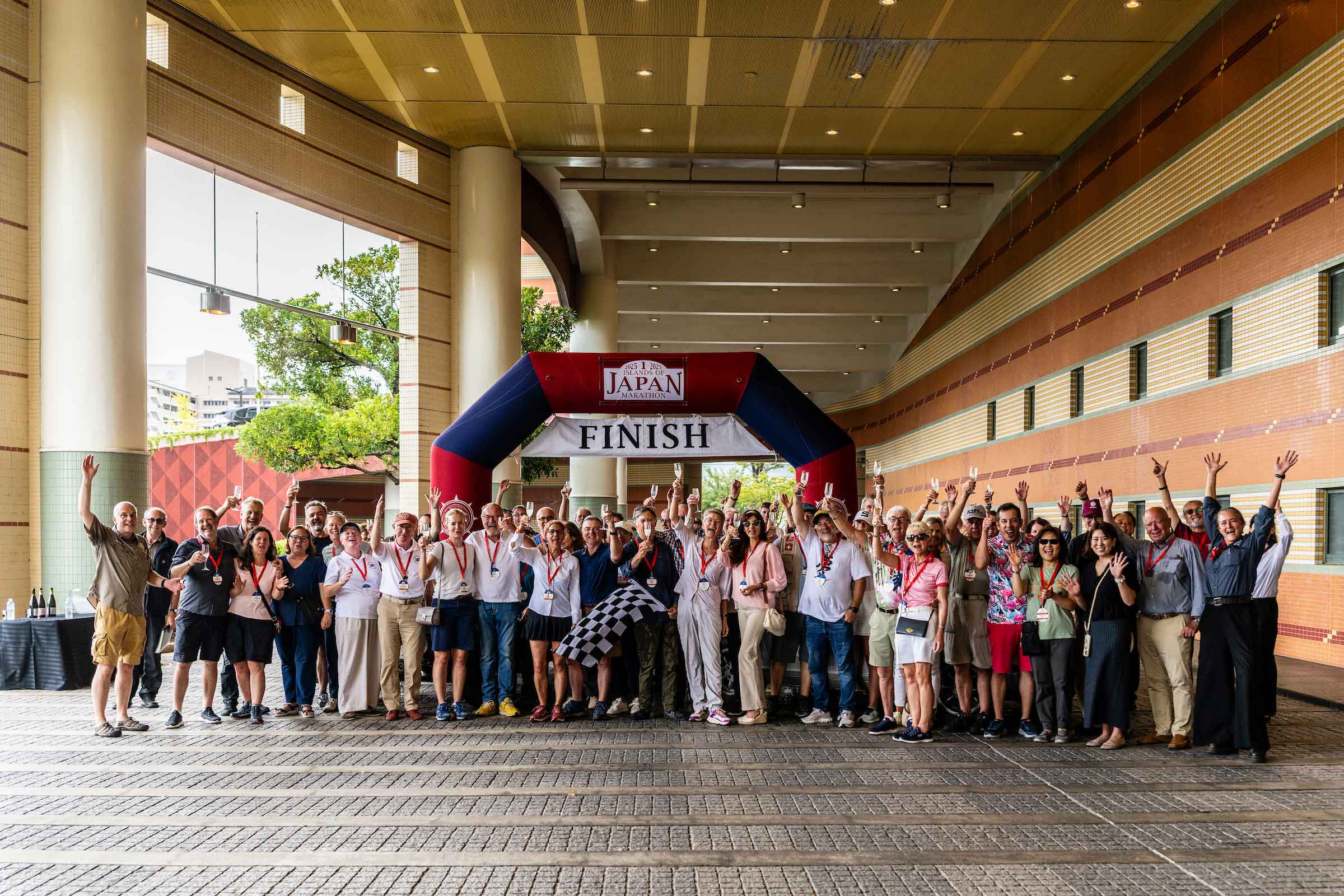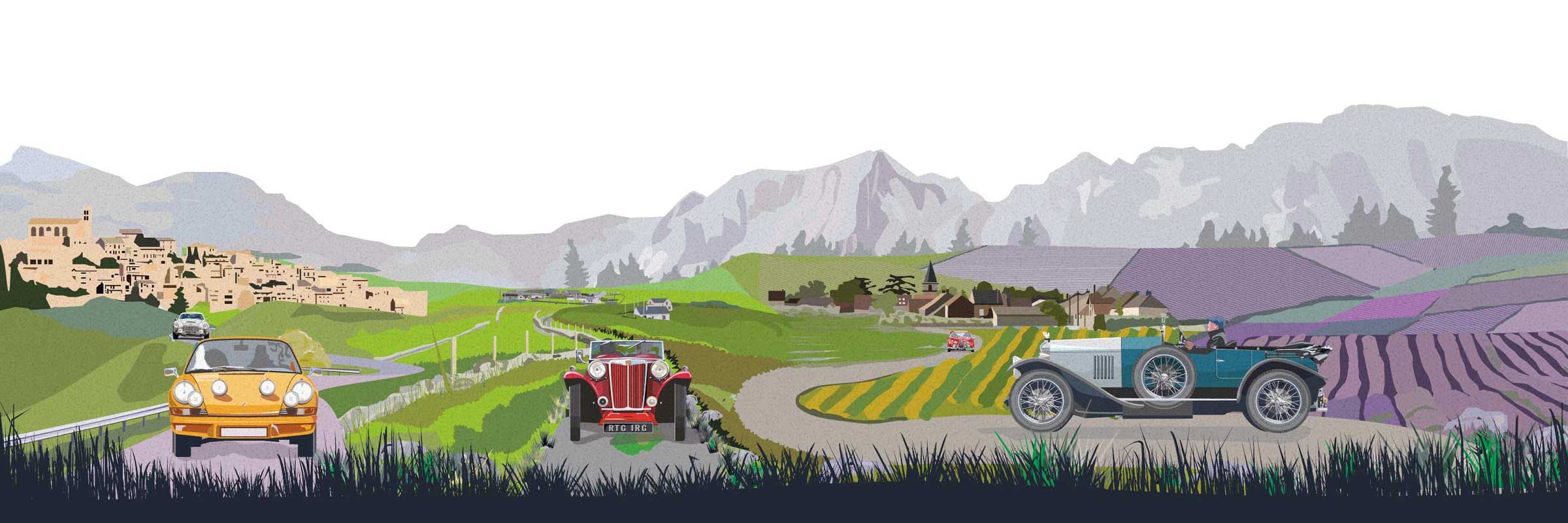Now entering its second half, the route took on an alpine flavour as it headed east towards Tokyo, embracing more local colour and customs. Motorsport took centre stage the following day with a visit to Auto Paradise Gotemba and an overnight stay at Fuji Speedway — where James Hunt famously beat Niki Lauda to the 1976 F1 title — both set in the misty, majestic shadows of Mount Fuji. The journey then continued through the bamboo forests of the remote Izu Peninsula on the Pacific coast with the Datsun 240Z now leading the Mini among the Classics.
Day 18 was special. After a morning winding through the lush Kuragari Gorge came an exclusive lunch invitation at the Toyota Museum, where Rally Director Fred Gallagher was warmly welcomed and reunited with the Celica GT-4 in which he and Björn Waldegård won the 1990 Safari Rally.
Adding to the occasion, Gallagher presented the museum with his original pace notes from that event, which will now be kept with the victorious car in perpetuity. Maintaining the motorsport theme, the afternoon itinerary featured a high-speed test at Motorland Suzuka.
From there, crews returned to the forests and mountains on roads carved through dramatic landscapes and breathtaking scenery. Temples and tea plantations followed before another well-earned rest day in Kyoto, Japan’s cultural capital, where participants could recharge, service their cars, and enjoy sightseeing excursions.
The Ford continued to lead the Bentley among the Pre-War entries, with two more Fords in close pursuit. Among the Classic contenders, the 240Z was just eight seconds clear of the Mini, with the Porsche now only twelve seconds adrift of the top two.
Entering the fourth week, refreshed teams left Kyoto and headed south past Himeji Castle — Japan’s first World Heritage Site — and on to Shikoku, the smallest of Japan’s four main islands, crossing via the extraordinary 13 km Seto Ohashi Bridge, the world’s longest two-tier bridge system.
Although the visit to Shikoku was brief, it included a visit to the Asan Circuit and competitive sections on switchback mountain roads, where the Bentley regained top spot in its class before returning to Honshu for a two-night stay in Hiroshima. Many participants visited the Peace Memorial and Museum — powerful reminders of history and hope.
From Hiroshima, the rally continued to the fourth and final island, near-tropical Kyushu, where the warm, misty hills provided a demanding penultimate day of competition. While the Goodwins fended off the three pursuing Fords – with the erstwhile leading Coupe of the Dubs now back in fourth – there was change among the Classics with the third-placed Porsche slipping out of the top five.
With just the final day’s action remaining, it was now the two Mercedes SLs of Nick and Serita Sleep, and Otakar and Otakar Jr. Chládek, that were hot on the heels of the valiant Mini, and in pursuit of podium finishes behind the well-set Datsun.
The final morning was no cruise to the finish, featuring Speed Tests at a Honda test track and the Autopolis race circuit, as well as a final Regularity. These were enough for the Sleeps’ Mercedes to overhaul the Mini for second place among the Classics.
As the dust settled, the prize-giving ceremony took place at the Hilton Fukuoka Sea Hawk on Hakata Bay. Though no strangers to the podium, it was the first Marathon event success for Graham and Marina Goodwin — and they were understandably delighted, especially in such a significant year for their Bentley.

